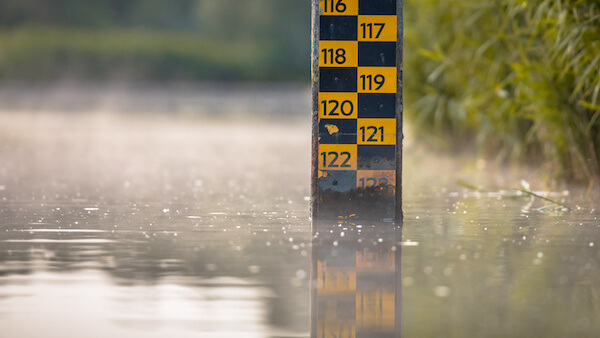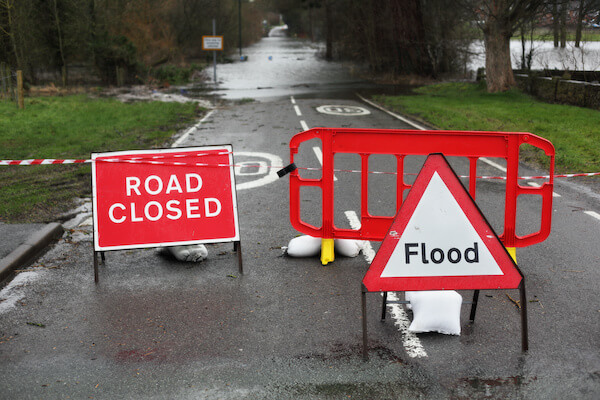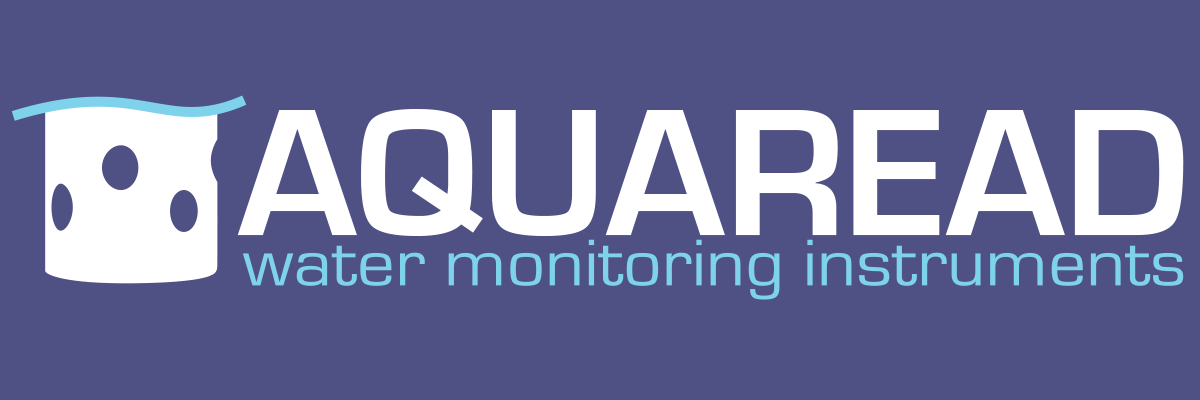
Monitoring water levels can have numerous environmental benefits and is a popular measurement for a number of different industries and organisations. Below we will discuss some of the common applications water level monitoring devices, as well as some of the valuable insights that recording this can reveal.
Remote water level monitoring
Whereas water level monitoring used to be done by manually, with engineers sent to record levels of water on a fixed, often monthly basis, the ever-increasing improvements to technology means that water level monitoring can now be done remotely.
Telemetric devices allow for water levels to be recorded much more regularly. This data can then be sent to other devices over great distances which allows for greater response capabilities and ease of use.
In addition, remote water level monitoring also carry a number of other benefits including improved accuracy and reduced risk of human errors.
Common applications for water level monitoring
As well as time-saving benefits, water level monitoring can have a wide variety of environmental benefits, such as improved visibility on potential flood situations. By utilising water level monitoring systems, it is much easier to rapidly deploy countermeasures in the event that levels become too high or low.
water level loggers feature highly sensitive pressure sensors which can detect the smallest of changes to water level and can send alerts to preferred contacts alerting them to the situation.
This benefit means that water level monitoring is commonly used in some of the following applications:
- Flood monitoring
- River level monitoring
- Wetland studies
- Tidal studies
- groundwater monitoring
- Surface water monitoring

Groundwater and surface water monitoring
One of the most common uses of water level monitoring devices is in measuring groundwater and surface water.
Because groundwater levels present less visible signs, low flow groundwater sampling is very beneficial. Monitoring groundwater flow can help to detect possible changes in water flow, or increased or decreased levels of water volume which may indicate flow path changes, or alert to potential surface level flooding.
With regards to surface water monitoring, water level monitoring can be used in lakes, rivers and coastal waters. In the short term, this can help to alert to potentially dangerous level of water so that remedial actions can be taken. In the long term however, monitoring water levels can provide even greater insight into patterns of water dispersal in the area, and measure the effects of global warming for example.

Measuring water levels to prevent flooding
The effects of flooding can be disastrous to communities and homes. In very little time, flood waters have the ability to cause irreparable damage to treasured possessions and wreak havoc on lives.
Remote water level monitoring helps to provide an early warning system by providing advance warning of any likely flooding situation, providing valuable time to protect assets, move valuables and protect property.
In 2014 we installed 2 early warning devices in Stansted Mountfitchet following severe flooding in order to give the community more time to react. Read more about this in our case study.
In summary
Water level monitoring is hugely beneficial for a wide variety of applications and industries. Our LeveLine products provide accurate, remote water water level monitoring, meaning that whether used to record surface water or groundwater levels, results can be recorded and transported immediately.
To find out more about our water level monitoring devices, or potential applications, contact us today.
